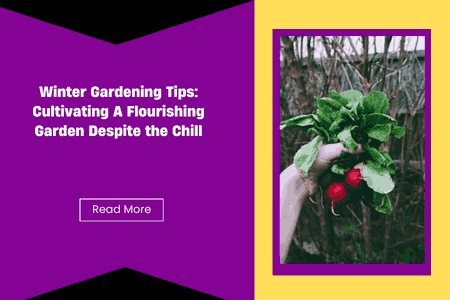Spring Gardening Tips
Spring is an exciting time for gardeners. The soil is warming up, plants are waking from dormancy and it’s time to get planting! Follow these key tips for a successful spring garden.
Plan Ahead
Good planning is essential for spring garden success.
Decide What to Grow
Based on your garden conditions and available space, choose suitable crops for spring planting like lettuce, peas, radishes, beets and broccoli.
Know Your Last Frost Date
Look up the average last spring frost date for your area so you know when it’s safe to plant tender crops like tomatoes, peppers and squash.
Order Seeds Early
Popular varieties sell out fast, so review your wish list and order seeds in winter. Store seeds properly until planting.
Start Seedlings Indoors
Get a head start on the growing season by sowing tomato, pepper and other transplants indoors 6-8 weeks before your last frost date.
Prepare Soil
Spring soil preparation sets the foundation for productive plants.
Test Soil pH
Test your soil’s pH and adjust as needed so plants can properly access nutrients. Most vegetables grow best in slightly acidic soil around 6.5 pH.
Mix in Compost
Improve all soil types by blending in several inches of finished compost or well-rotted manure before planting.
Loosen Soil
Use a tiller or digging fork to gently loosen and aerate the top 8-12 inches of soil, allowing roots to spread easily. Avoid working wet soil which compacts.
Rake Smooth
Use a garden rake to break up large dirt clumps and smooth the seedbed so seeds make good contact with soil for germination.
Smart Planting Methods
Employ these techniques to gain a productive head start on the season.
Use Row Covers
Add floating row cover fabric over seed beds to help warm the soil, retain moisture, and prevent pests like cabbage moths from reaching plants.
Start Seeds Indoors
Give plants like tomatoes, peppers and eggplant a long head start by sowing seeds indoors, then transplanting seedlings after the danger of frost. Hardening off seedlings is key.
Use Warm Season Crops
Plant heat lovers like beans, corn, melons and squash after soil warms up and danger of frost has passed. Protect with cloches if planted early.
Practice Crop Rotation
Rotate crop locations yearly to prevent disease buildup and maintain nutrient balance. Avoid planting the same vegetable in the same spot two years running.
Provide Proper Care
Caring for plants well ensures healthy, productive growth.
Water Thoroughly
New plantings need consistent moisture to establish. Provide 1-2 inches of water per week. Avoid overwatering seed beds.
Apply Organic Mulch
Mulch planting beds with shredded leaves, straw or other organic materials. This conserves moisture, suppresses weeds and keeps soil cool.
Fertilize if Needed
Work in a balanced organic fertilizer before planting heavy feeders like corn, melons and tomatoes. Compost and manure also add nutrients.
Support Plants
Put cages around tomatoes and stakes for climbing vines like pole beans and peas. This prevents plants from sprawling on the ground.
Control Pests and Disease
It’s easier to prevent issues than treat them, so implement good practices early.
Check for Problems
Inspect plants frequently and identify any insect pests or diseases before they spread. Learn to recognize common culprits like blight or cabbage worms. Act fast to treat.
Use Row Covers
Floating row covers form a beneficial barrier that keeps pests off plants without chemicals. Remove covers when plants flower so pollinators can reach them.
Practice Crop Rotation
Rotating vegetable families in a given bed from year to year reduces disease outbreaks.
Attract Beneficials
Welcome helpful predators by planting pollinator-friendly native flowers. Ladybugs, lacewings and birds eat damaging insect pests.
FAQs
When should I start hardening off seedlings?
Begin hardening off plants about 7-10 days before transplant by gradually exposing them to more sun and wind each day.
How deep should seeds be planted?
Plant large seeds like beans 1-2 inches deep, small seeds like carrots 1/4 inch deep. Follow seed packet directions.
How much compost should be added to garden beds?
Incorporate 2-4 inches of finished compost or well-rotted manure into the top 6-8 inches of soil before planting.
How do I prevent transplant shock?
Harden off seedlings, plant on a cloudy day, keep roots moist, provide shade for 1-2 days and don’t let new transplants dry out.
Why do seedlings fall over?
Leggy, weak seedlings fall over from lack of light or air circulation. Provide proper light, don’t overcrowd, and fan seedlings daily to strengthen stems.
How do I keep rabbits and deer from eating plants?
Protect plants with fencing, mesh cages, or repellent sprays made with hot pepper, garlic oil, or eggs. Dogs and motion-activated sprinklers also deter animal pests.




